Flying a drone at different times can result in spectacular photography and add a new adventure level to your drone flying. I am not particularly a morning person, but sometimes I like to get up early and fly my drone as early as possible in the mornings. Flying your drone in the mornings requires a little bit of consideration towards the different potential threats and challenges you will face by flying just after sunrise.
You are allowed to fly a drone early in the morning as long as it is after the official sunrise time. Most countries require that you fly your drone during daylight times only. Early in the morning, there may be increased wildlife activity and relatively low light, so fly with care.
This article will look at all of the special considerations you need to make for flying your drone early in the morning. There are special considerations to make to keep your drone flight safe and as productive as possible, from increased bird activity to low light and the potential for increasing winds.
Considerations for flying your drone early in the morning
Early in the morning, there are different risks associated with flying your drone. Even though it is typically a time of relatively low wind and is not busy with other people flying their drone, there are lowlight considerations and the potential of more wildlife being active before the heat of the day.
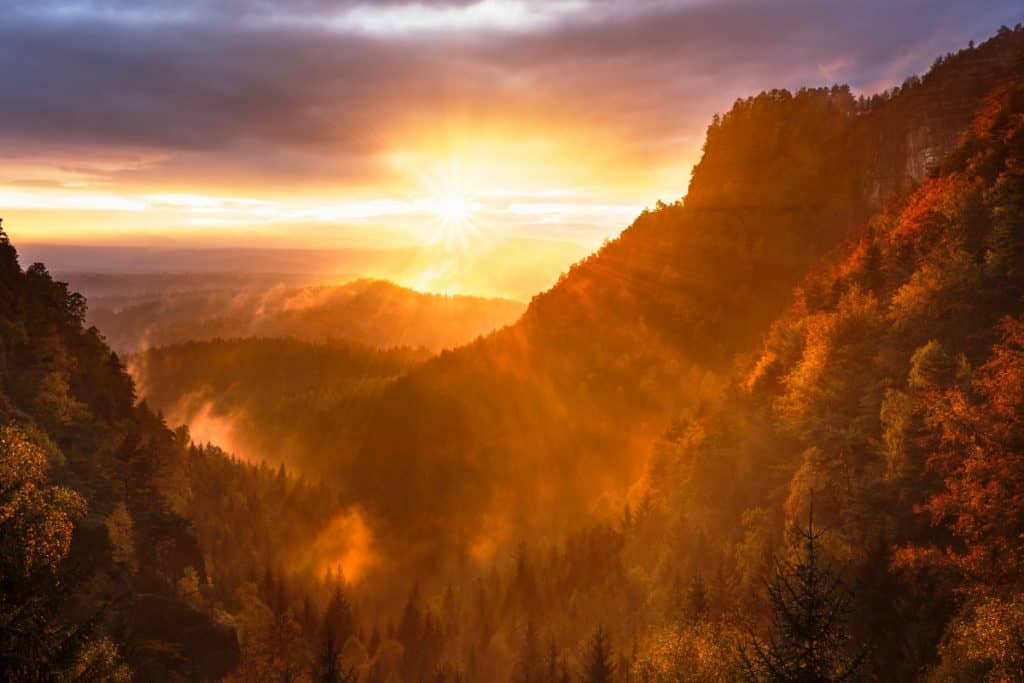
Launch after sunrise
The most important thing about flying early in the morning is launching your drone after the official sunrise.
Most country drone flying regulations state that you must fly your drone within daylight hours. This regulation means not flying while the sun is below the horizon.
Some countries allow you to undertake extra training and certification to fly your drone outside of these times. Suppose you are a professional drone pilot and running a drone business. In that case, this may be an excellent opportunity to get extra qualifications to perform flights that your competitors cannot.
You may not want to fly before sunrise anyway because the light is not great for capturing video or photos. If you want to know more about taking drone pictures, I check out my other article, where I go through all of the settings you need to change to capture the perfect image.
Low light
Flying in the morning means working with less light than you would typically have when flying in the middle of the day. There are two important considerations when there are low light levels.
Ensuring line of sight
Firstly, keeping your drone in line of sight is a regulation common in many jurisdictions. It may be hard to pick up the drone against the darker background if you have relatively low light.
Keeping a line of sight is also important for safety and ensuring that you can see a clear space completely around your drone while flying. If you want to know more about how to make your drone more visible so that you can drive safely in low light, early-morning conditions, check out my other article where I go through everything you need to know.
The approach is for increasing your drone’s visibility include:
- choosing a drone with a high contrast colour
- buying a drone with a much higher surface area
- adding fixed lights to the drone for visibility
- adding strobe lights
- adding high contrast decals or skins to the drone, putting reflective tape on your drone
- carrying a visible payload
- flying with the sun on your back to ensure maximum reflection from the drone
Taking photos in low light situations
secondly, having an early-morning flight may seriously affect your drone photos and videos.
Often drones come with an option to bracket the shots. This bracket option means that the drone takes photos at three ranges. Enabling you to capture a shop with a bright sky and a darker foreground easily.
This bracketing is known as HDR photography. HDR stands for high dynamic range. It is a specific photograph style with an unusually high dynamic range that could otherwise be achieved in a single photograph because the brights would be too bright or the shadows too dark.
In simplest terms, it is just two (or more) photos taken at different exposure levels and then pushed together with software to create a better picture. The photographer takes a range of bracketed photos. I recommend choosing a two-stop difference during nighttime drone photography to give yourself the best option for capturing good high dynamic range photos.
Once you use a bracketed photo option, you will need to combine the photos in post-processing and photo manipulation software such as Photomatix, Aurora HDR and Luminance HDR (FREE).
Increasing winds
Early-morning is typically associated with relatively low winds.
The coolness of the start of the day ensures that the wind speed is low and minimal gusts.
The conditions may be perfect when you take off, but the presence of a warm sun hitting and warming up the air can cause a quick change in wind speed and direction.
Most geographical locations are relatively slow to warm up, but cliff faces and other vertical geographical features may warm up faster, causing updraughts and considerable change in air currents.
When flying your drone early in the morning, you should factor in a quick change of air currents and wind as the ground and the air heats up. How quickly the air heats up depends on the time of year you are flying and the typical temperature the area experiences. More rapid heating will result in a much more unpredictable flight.
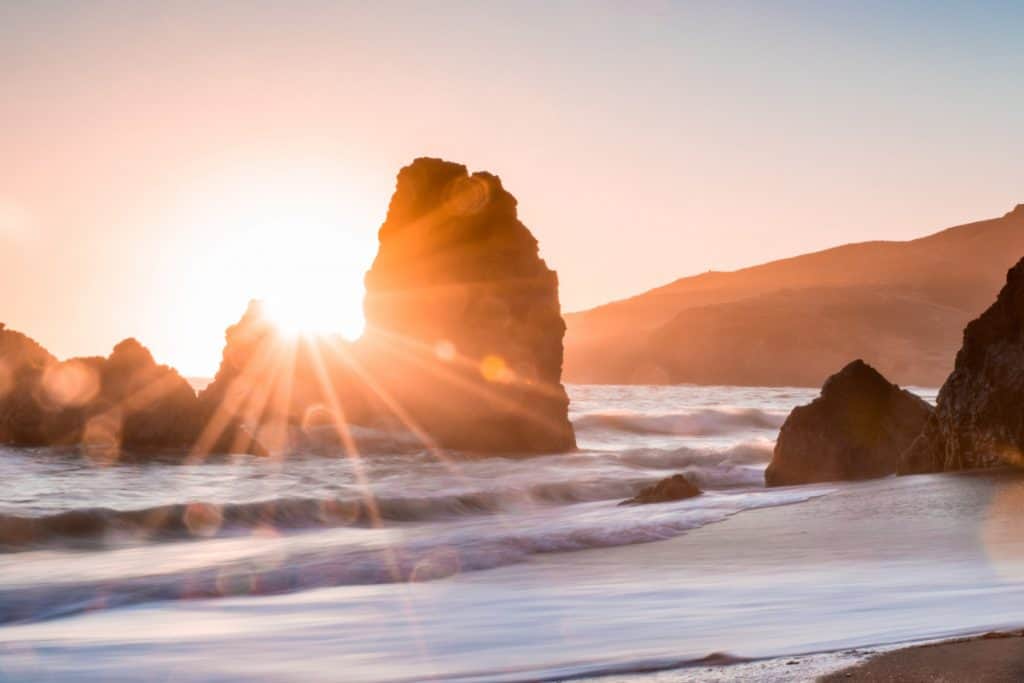
Wildlife activities
Bird activity is particularly active early in the morning after sunrise.
Birds can be very dangerous to drones as they can easily become startled and may even attack your drone.
Birds nesting, hunting, or protecting a territory are likely to attack your drone by swooping from above. If you want to know more about how you can stop your drone from getting attacked by birds, check out my YouTube video below.
Protecting your drone from wildlife means being very aware of the wildlife activities in your flight area.
If you notice a large amount of bird activity, it is advisable to delay your flight until slightly later in the day, or the birds have stopped being so active. Also, I recommend avoiding nesting areas and staying away from feeding areas.
Noise of drone
The still air of the morning often makes the world seem much quieter.
If you fly your drone in the morning, the noise will likely be more obvious to people underneath. It is not that your drone has got louder, but rather the background noise, which often covers up the buzzing noise of a drone, is lower.
Flying your drone early in the morning over houses where people could be sleeping may irritate them more than if you are doing it during the day.
Many people are quite annoyed by the sound of a drone, and waking them up with it could potentially cause a disagreement between you and your neighbours.
Buying noise-reducing shrouds or using low noise propellers are the ways that you can minimise the noise that your drone makes while it is flying around first thing in the morning.
Colder temperatures (dew)
The colder morning temperatures mean that your drone and its electronics are also likely to be cold.
The colder temperature of your drone will potentially cause moisture to condensate. The condensation produced by cold metal coming into contact with humid air can cause issues with shorting and rusting with your drone.
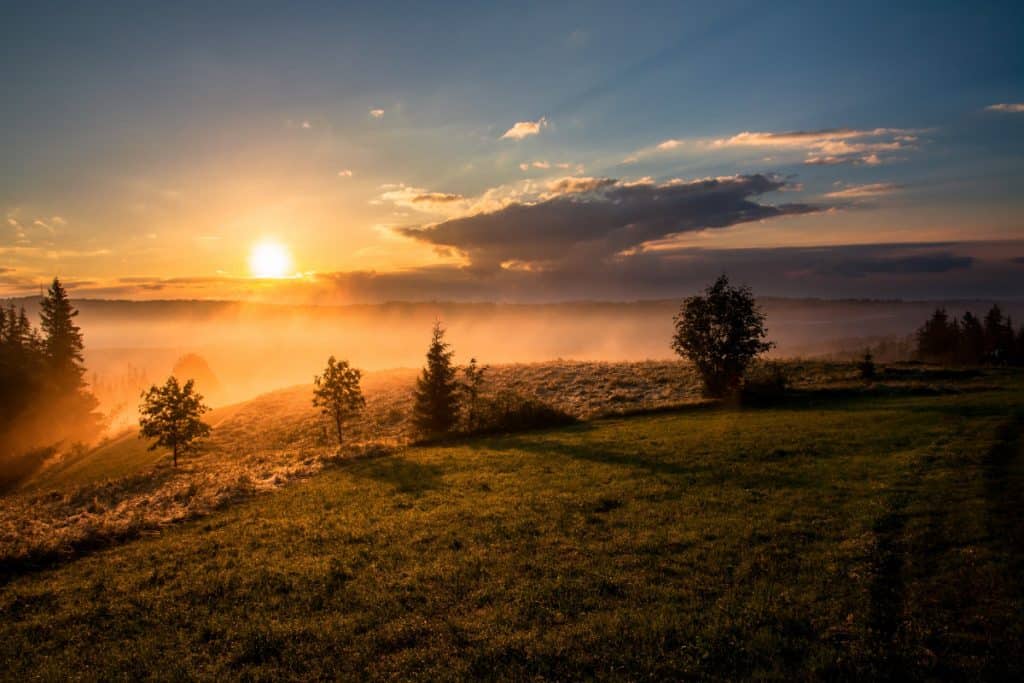
Once the drone is airborne, it will quickly heat up, and the components will no longer be cold enough for moisture to collect on the metal components.
One way of making sure your drone does not collect condensation is to wait for the drone to warm up for a few minutes after being turned on. Never fly your drone if it has the potential of getting wet.
Also, the lower temperatures may have caused dew to form on the blades of grass and overhanging tree branches. Be careful that your takeoff spot is clear of moisture and that any air turbulence caused by flying your drone near trees and other overhanging items does not release any potential droplets of water onto the frame of your drone.
Check where you can fly your drone
When you are flying your drone, you should make sure that you can take off in your required and designated area.
I recommend downloading an app that will show you exactly where you can and cannot fly. The United States of America has the “before you fly” app known as B4UFLY APP.
B4UFLY App
If you are a recreational user of drones, you can now use the FAA drone app, developed with Aloft (previously known as Kitty Hawk).
This app provides situational awareness to recreational (hobby) flyers and other drone enthusiasts and pilots. It is available both on the App Store for Apple and the Google play store for android phones.
Interestingly, it also includes a desktop version which allows you to do some pre-flight planning and research.
If you are not in the United States of America, other options are just as powerful. My favourite app to use is open sky.
Open sky
Open sky works in the United States, Australia, and other places in the world. It is a very simple and clean way of viewing drone rules and regulations that you can fly with confidence wherever you are.
It is a free app that supports flight planning for many types of drone users, and by typing in a specific address, you will be able to understand the laws and regulations in that place.
Open sky is an approved provider of real-time access to controlled airspace information from the FAA and CASA in Australia.
Drone operators can request authorisation to fly controlled airspace, including the airspace near major cities. It automatically checks airspace rules and regulations and advises you when the airspace is clear for flight.
Summary
This article has covered everything you need to know about whether or not you can fly your drone early in the morning.
With some special considerations and all of the appropriate checks, you’ll be able to fly your drone in the morning with confidence. Just make sure that you are flying within the local laws and regulations and are flying after sunrise if that is part of the licensing agreements.
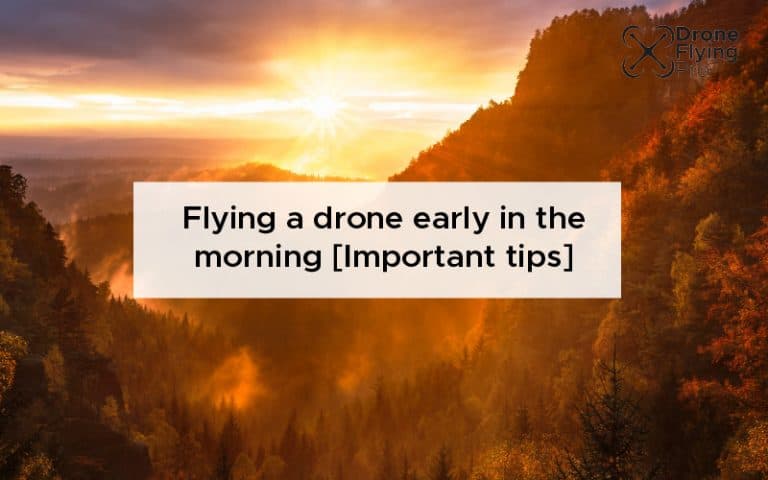
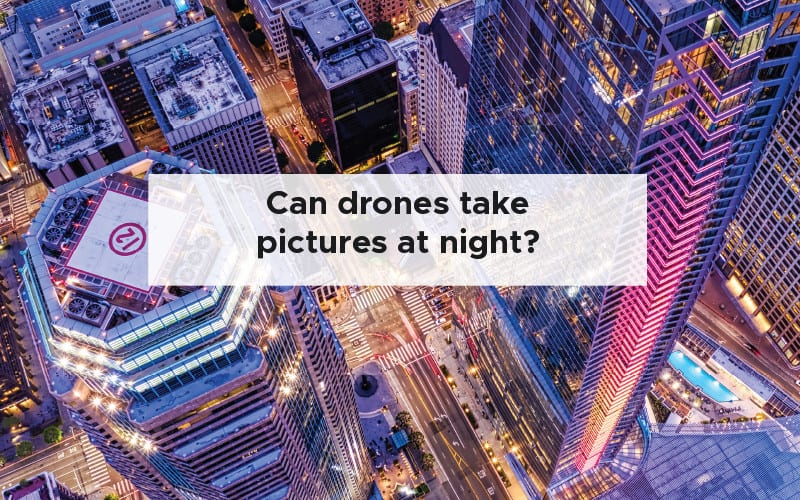
![How can I make my drone more visible? [8 PROVEN WAYS]](jpg/how-can-i-make-my-drone-more-visible.jpg)



